The Fossils in the ID Activity
In this activity there are four tables, each of which has several specimens of a certain type of fossil - ammonites, trilobites, plants, and corals. In their small teams children visit each table in turn, and select one of the fossils. They identify the fossil using a picture guide, write the name of the fossil on their sheet, and draw a picture of it. They have about 6 minutes to do this.
The fossils are shown below. They are all real - no copies are used.

Hildoceras

Harpoceras

Dactylioceras tenuicostatum
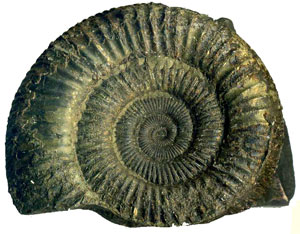
Dactylioceras commune
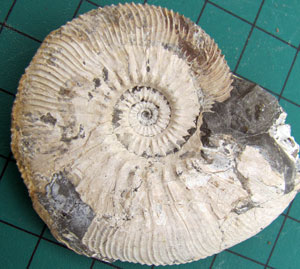
Kosmoceras
Trilobites - sea creatures, arthropods (like insects and crustaceans), which lived around 530-250 million years ago.

Elrathia

Hollardops
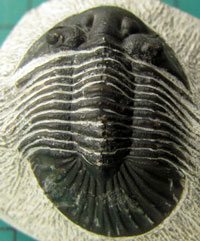
Scutellum

Phacops
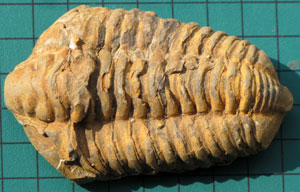
Diacalymene

Hollardops - in unusual flexed pose, climbing
Plants - these are all Carboniferous (around 330-312 million years old) and from the UK.
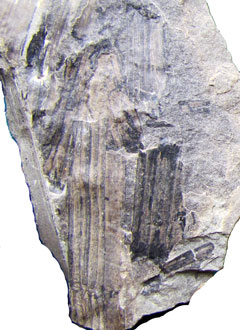
Horsetails (or calamites)
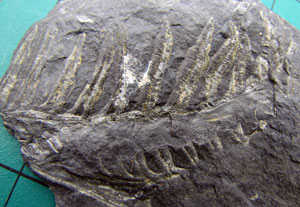
Alethopteris (a sort of tree-fern)
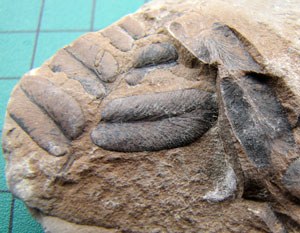
Neuropteris

Stigmaria - the root of a club moss tree
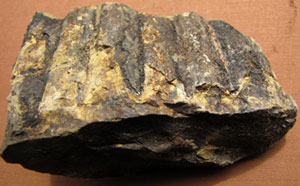
Sigillaria - bark of a tree